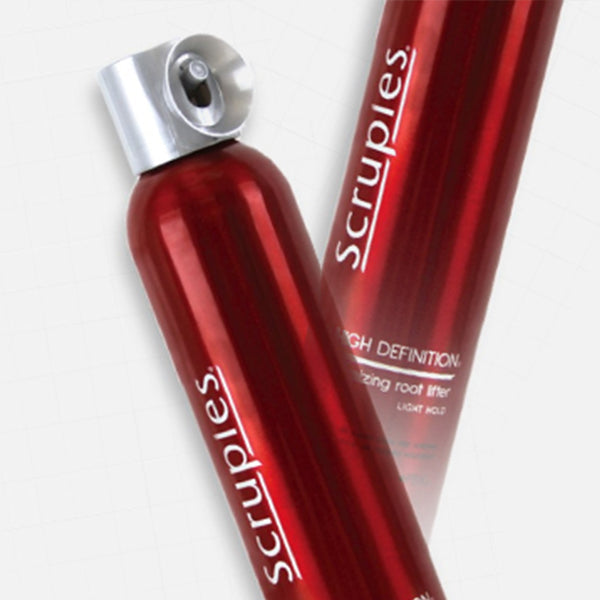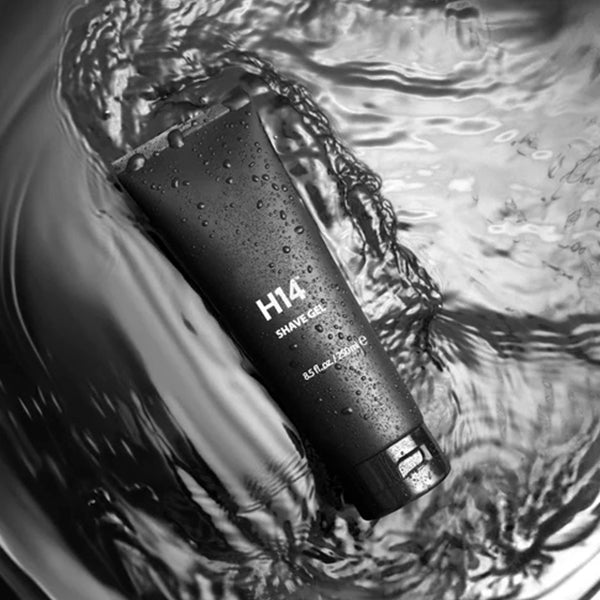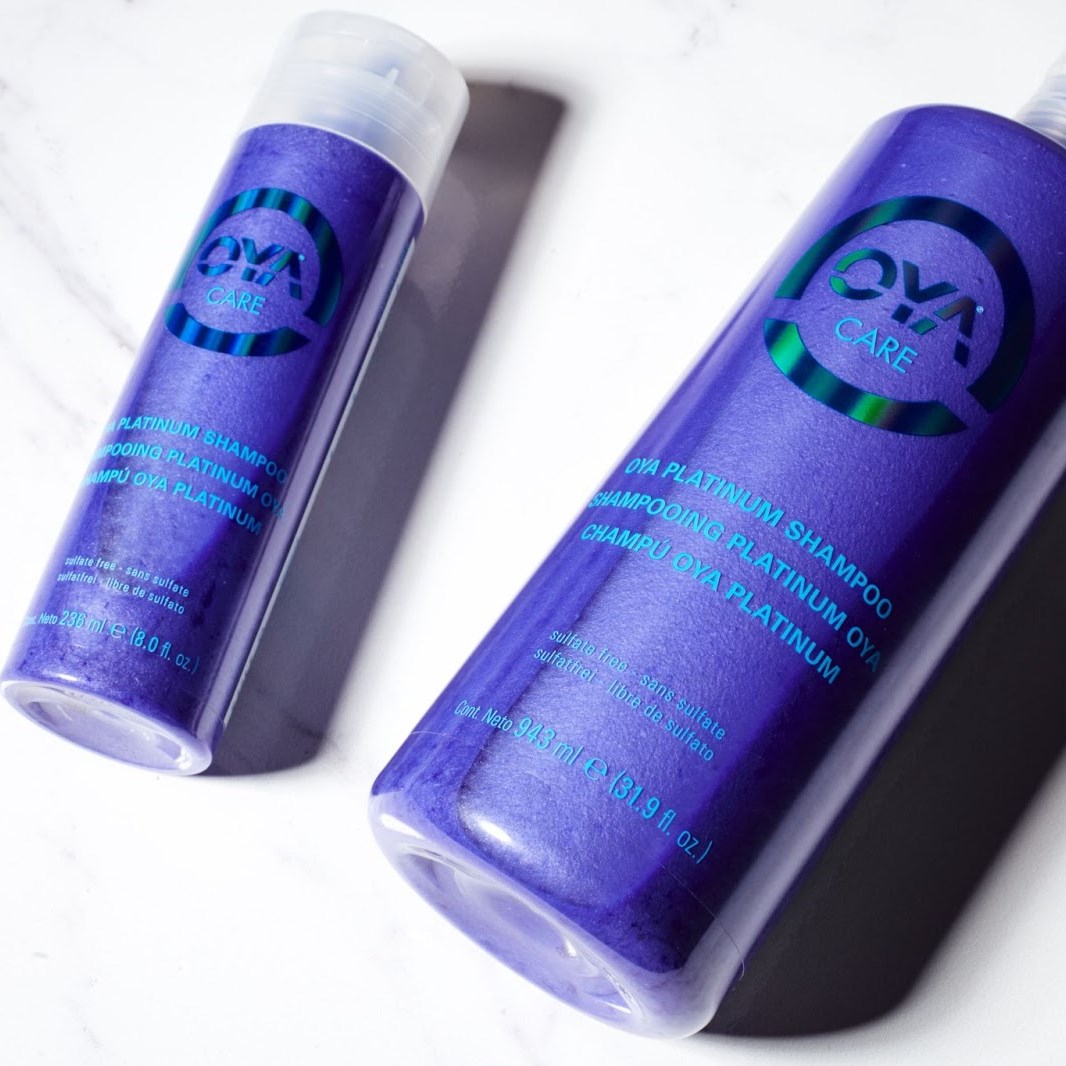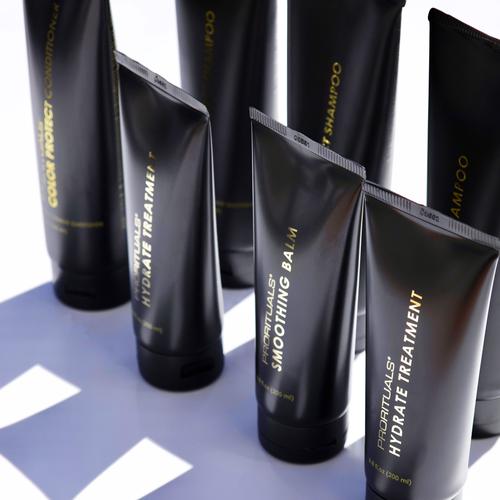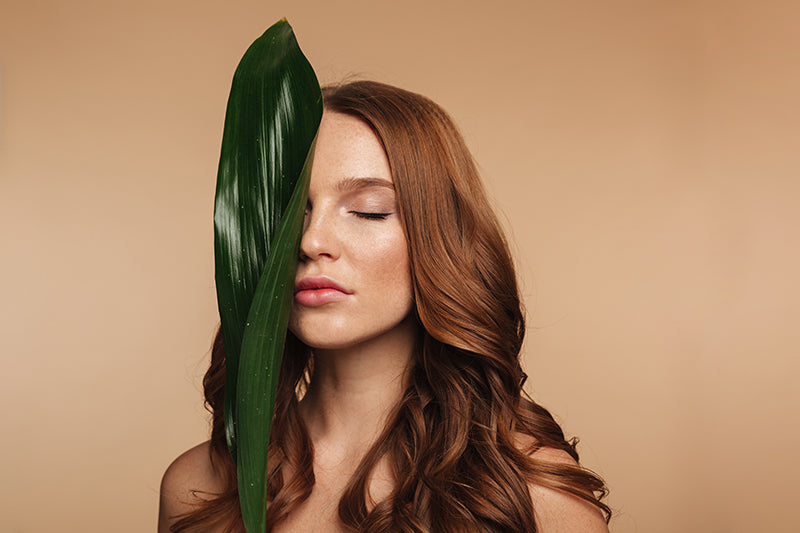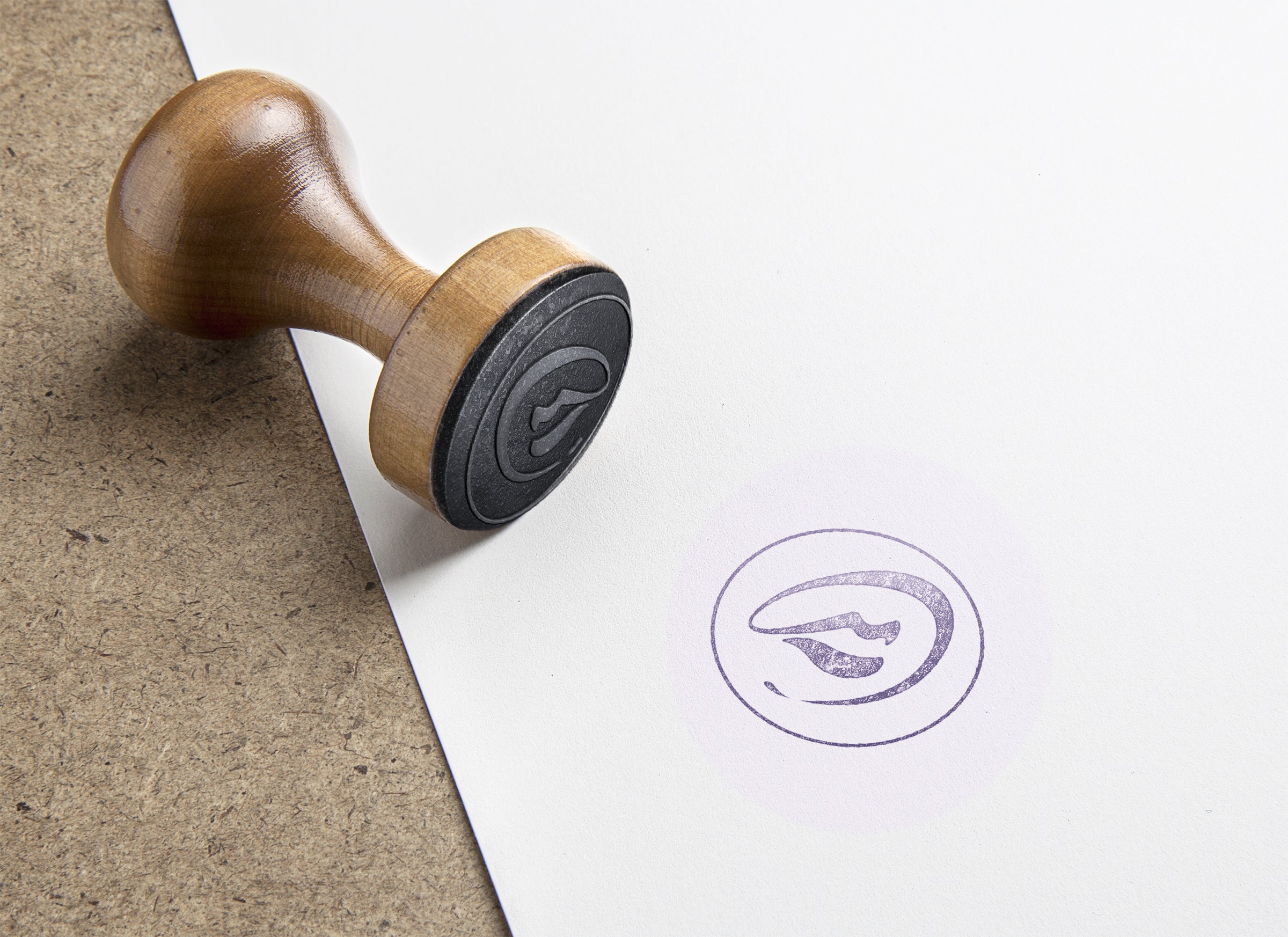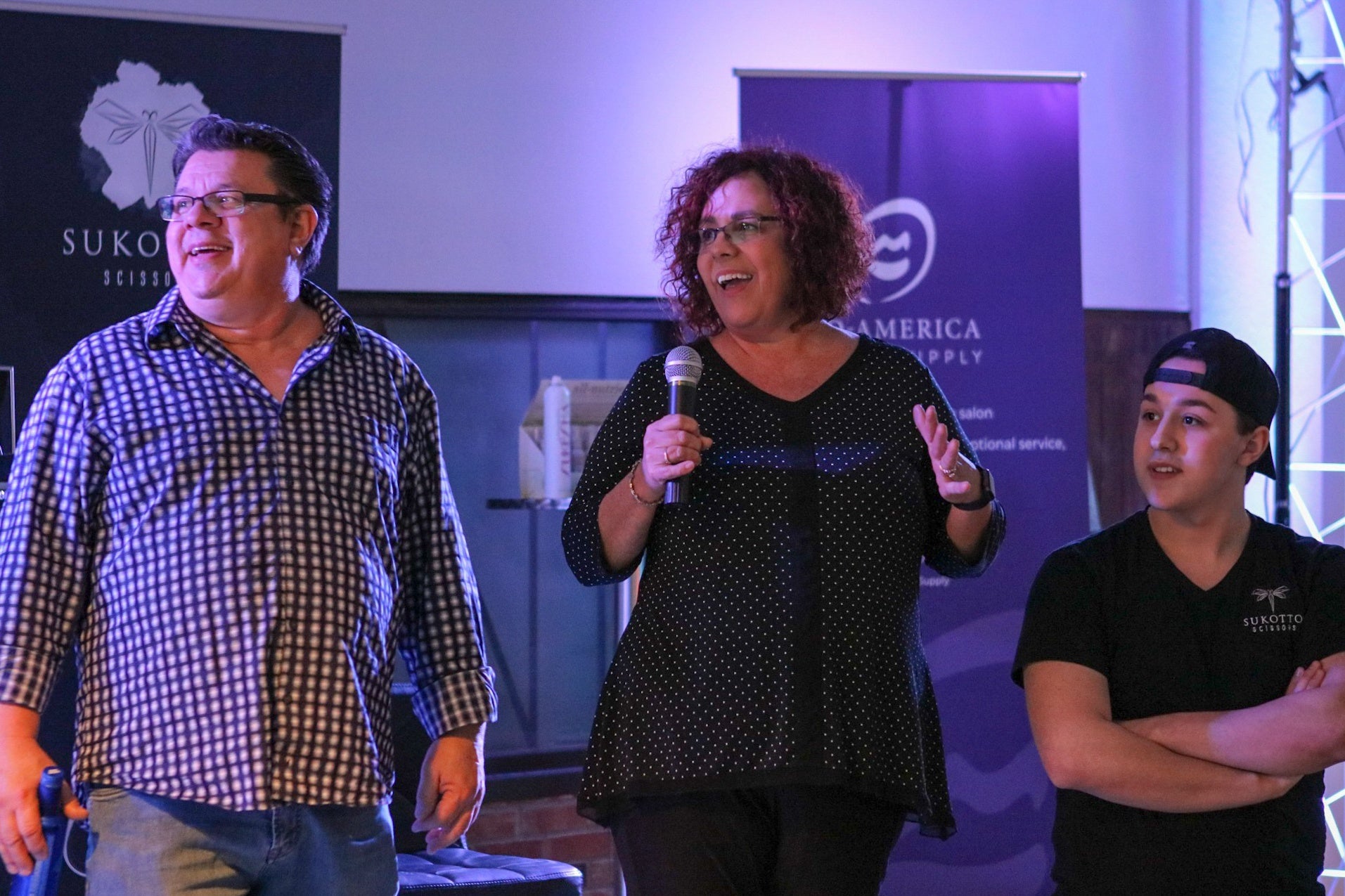Understanding Hair Types: A Comprehensive Guide for Stylist Professionals
A stylist expertise lies in the ability to create stunning hairstyles that accentuate the natural beauty of customers hair.
To truly excel in your craft, it is essential to have a deep understanding of different hair types and textures. This comprehensive guide will equip you with the knowledge to cater to a diverse range of clients, ensuring that you can deliver exceptional results for every individual who walks through your salon doors.
Straight Hair
Straight hair is characterized by its smooth and sleek appearance. It tends to be relatively easy to manage and style. However, it can also be prone to looking flat and lacking volume. When working with straight hair, focus on creating texture and movement through layering techniques and the use of volumizing products. Experiment with different cutting styles to add dimension and interest to the hair.
Wavy Hair
Wavy hair falls somewhere between straight and curly, possessing a gentle, natural wave pattern. It often has more volume than straight hair but less than curly hair. Wavy hair can be versatile and adaptable, lending itself well to a variety of styles. Emphasize the natural texture by using products that enhance and define the waves. Opt for hairstyles that embrace the effortless, beachy vibe or create more polished looks by using styling tools to enhance or smooth out the waves.
Curly Hair
Curly hair is characterized by its distinct spiral or ringlet-shaped strands. It can range from loose curls to tight coils. Curly hair tends to be more prone to dryness and frizz, so hydration and moisture are key. Recommend sulfate-free, moisturizing hair products and encourage your clients to embrace their natural curls by avoiding excessive heat styling. Experiment with layering techniques to create shape and enhance the curl pattern. Teach your clients how to properly care for their curls to maintain their health and vitality.
Coily Hair
Coily hair, often referred to as tightly curled or kinky hair, features tight, spring-like curls. It has a unique texture and requires special attention and care. Coily hair tends to be more delicate and prone to breakage, so it's crucial to handle it gently. Hydration is vital for maintaining moisture and preventing dryness and brittleness. Recommend deep conditioning treatments and moisturizing products specifically formulated for coily hair. Embrace protective styling techniques such as braids, twists, and updos to minimize manipulation and promote hair health.
Fine Hair
Fine hair refers to hair strands that have a smaller diameter. It can be straight, wavy, or curly. Fine hair tends to lack volume and can appear limp and flat. When working with fine hair, focus on creating lightweight styles that add volume and lift. Layering techniques can help create the illusion of thickness. Recommend volumizing products and demonstrate techniques such as backcombing or teasing to add height and body.
Thick Hair
Thick hair is characterized by its abundant volume and density. It can be straight, wavy, curly, or coily. Styling thick hair can be both a blessing and a challenge. Embrace its natural volume and texture by using products that enhance and define the hair. Layering techniques can help reduce weight and create shape. Educate your clients on proper maintenance to avoid excessive bulkiness and recommend regular thinning or texturizing haircuts to manage the thickness.
Understanding the intricacies of different hair types is a fundamental aspect of your role as a stylist professional. By familiarizing yourself with the unique characteristics of each hair type, you can tailor your techniques, product recommendations, and styling approaches to meet the specific needs of your clients. Embrace the diversity of hair types and textures, and let your expertise shine through as you create beautiful, personalized hairstyles for every individual who sits in your salon chair.




